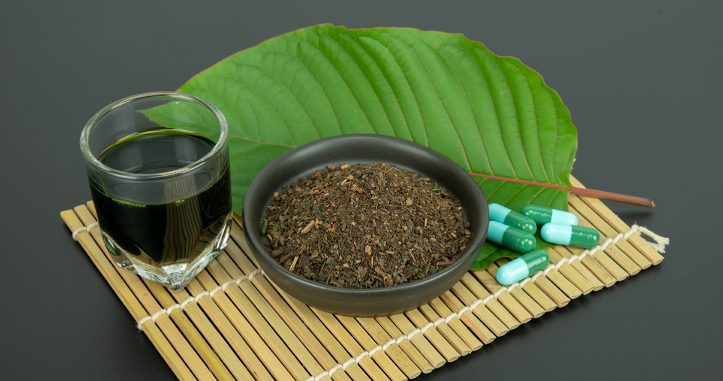What is Kratom? Mitragyna speciosa, sometimes referred to as Kratom, is a leafy tropical tree native to the Asian tropical region. It’s indigenous to Thailand, Indonesia, Malaysia, Myanmar and Papua New Guinea, among other places. Kratom contains various opioid-like properties and is also known as “the tree of love.”
Some users describe atom as having a nutty, coffee taste to it. Others call it Thai lace. Some simply call it leaves, but the scientific name for kratom is Mitragyna Speciosa, derived from the word “mitra” (meaning beautiful) and “kratom” (meaning plant). The leaves are typically harvested daily from the tops of young plants, while the leaves are rarely processed or added to other ingredients.

Chronic pain and anxiety are common among kratom users. Kratom is typically used as a painkiller. However, in some cases, it has been found to have mild analgesic effects when used for the treatment of arthritis and similar chronic pain conditions. Some people use kratom to treat anxiety and depression, and others take it for chronic pain. But the most popular use of kratom is to combat pain in the Southeast Asian countries (such as Thailand and Indonesia) where this particular atom is grown and consumed.
There are several reported side effects from taking kratom. Although rare, there have been cases where people have died from using the product. However, these incidents are extremely isolated and lack evidence of widespread kratom use. In general, there are no documented cases of kratom being fatal, but the potential for side effects does exist. These side effects include:
If you become addicted to kratom, you run the risk of withdrawal if you stop using it. This increased risk is one of the reasons why doctors discourage their patients from using the product. Because atom causes a psychological state of euphoria, people who use it often develop a tolerance to the plant that allows them to experience the same high without the euphoric feeling.
If you become dependent on kratom and reduce its use, you run the risk of experiencing a withdrawal syndrome that includes restlessness, nausea, vomiting, fever, diarrhea, dizziness, insomnia, and tremors. This results in a physical dependence on the plant, which is physically addictive and can lead to physical health complications if it is used regularly. You may also develop an addiction to the opiate strength form of kratom. This results in a psychological need for the drug. Once you enter the realm of opiate addiction, it is hard to stop because your body chemistry has been changed. Kratom is similar in this respect as alcohol dependence because it too can be overcome with counseling and other tools available to those with substance addictions.
What is Kratom? The effects of Kratom are intended to produce a more relaxed state of mind and physical well-being. It is not habit forming or addictive. But if you use it in conjunction with other products, such as alcohol or drugs, the effects can be multiplied and have potentially harmful consequences. Excessive use can result in what is known as “dry mouth,” a symptom of decreased saliva output, which is the cause of many of the discomforts that people who are using kratom report feeling.
The most common side effects reported by kratom users are restlessness, anxiety, depression, anxiety, cravings, agitation, diarrhea, dizziness, insomnia, joint pain, irritation, nervousness, sleep disturbance, sensitivity to sunlight, and tingling sensations. Kratom can produce a euphoric high similar to those produced by illegal narcotics like heroin and also can produce a stupor similar to those produced by stimulants such as ephedrine. But the kratom leaves have been found to produce effects ranging from the mild to the severe, with some individuals having no side effects at all. Kratom does not have an active appetite suppressant effect and can easily be used over long periods of time to treat chronic cravings for opiates without the risk of addiction.